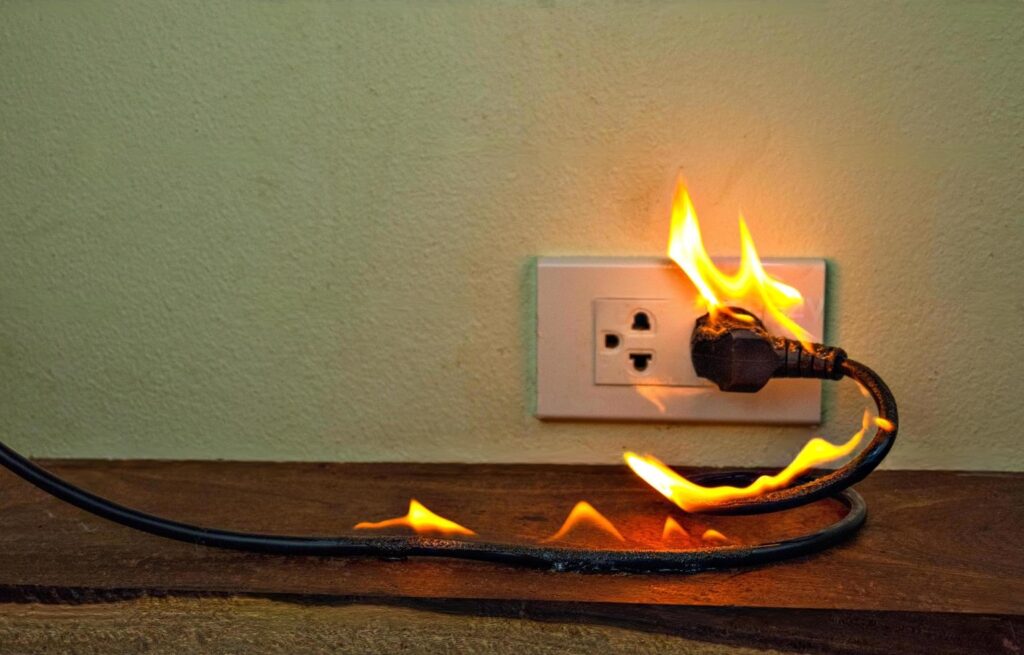

Everyone is aware of common news item of loss of lives and damages during monsoon Season due to a bolt of lightning thus it is the need of the hour to provide adequate safety to various installations (factories, offices, residential and public buildings etc.) from the strike of lighting. In this article a brief regarding the lightning protection is highlighted.
As per IS 2309:1989, Clause 8.1, the following points outline the need for protection:
| Description | ESE Type LA | Conventional ROD Type LA |
|---|---|---|
| Working Principle | Active device seeks for the lightning & engages it 25 to 60 meters above the tip of the LA. This ensures the impact is much above the structure and no currents get into the stray infrastructure. | Based on spike or finial, waits for the lightning to strike on its tip. The tip may align with the upward leader around 24 meters above the tip. In this case, there could be stray currents getting into the structure. |
| Probability on Strike | Only one device is sufficient to give zonal protection up to 214 meters. | To provide adequate protection, several spikes are required to be installed. |
| Diameter | In general, the spike provides protection in a cone of 45 degrees around the LA. These LAs need to be mounted at a 20-meter diameter if the tip of the LA is 10 meters above the structure being protected. | — |
| Level of Protection | Only one system installed at a height of 2 meters above the structure gives protection of 98% from lightning less than 10 KA. | A grid is required to be formed atop the building to provide protection, and a passive device with a height of 1.2 meters gives a protection of 40% from lightning less than 10 KA, which may be hazardous to electronic components. |
| Installation | Only one down conductor from top to bottom is required for an effective drain path. | Several down conductors due to the presence of several LAs. |
| Effectiveness | Designed to perform effectively with 99% reliability. | Non-reliable. |
